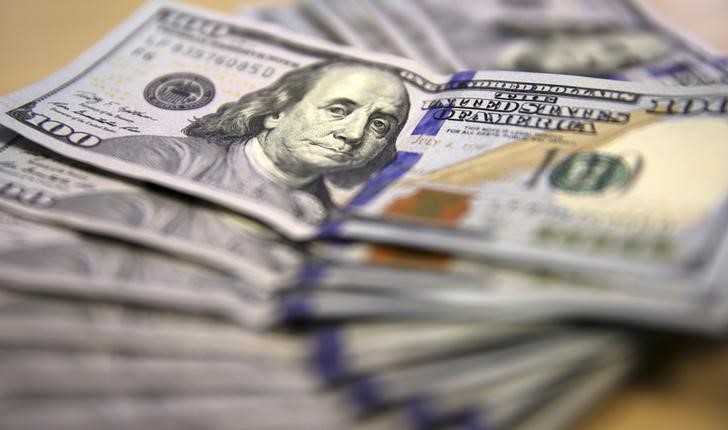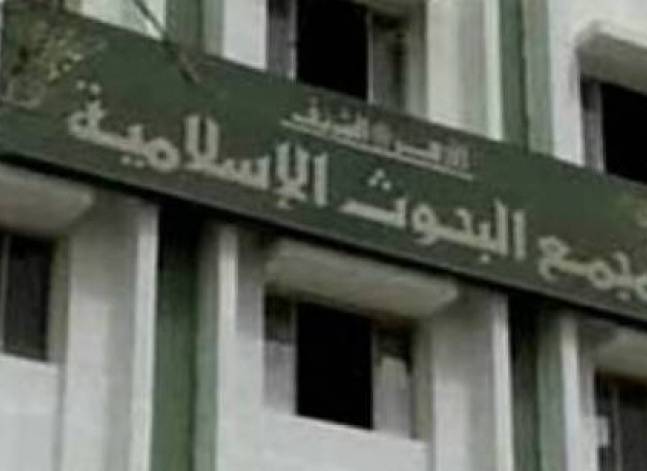Dollar crisis and fuel shortages biggest obstacles facing industrial sector in 2016

Cairo, Dec 30 (Aswat Masirya)–The sharp shortages in foreign currencies, primarily the dollar, and the lack of energy sources are two of the biggest obstacles facing the industrial sector and its investors in the upcoming year, industrialists say.
The shortages disrupted the imports of raw material and thereby the production process in factories, proving to be impediments to the industrial sector in 2015.
“For the first time in 40 years, the factory stopped producing for 20 days during September and October, because the material and components would be delayed in ports as banks were unable to measure the dollar,” Mennatullah Sadek, the director of the investment sector in the company GB Auto for motor vehicles said.
The dollar crisis led to a decline in industrial growth in the first nine months of 2015, while exports dropped by 17.5% until the end of October.
In addition, an up to 11% increase in the value of the dollar against the Egyptian pound also led to higher costs of production as raw materials were becoming more expensive.
The Central Bank of Egypt (CBE) allowed for the devaluation of the Egyptian pound against the dollar three times since the beginning of the year.
Last November the CBE revalued the Egyptian pound against the dollar, raising it by 20 piasters, after the multiple previous devaluations.
The price of the pound in the official market is still lower than its price in the black market, where its stands at approximately 8.55 EGP to one dollar. The dollar now costs 7.83 Egyptian pounds in the official market.
Investment banks expect the central bank to devalue the Egyptian pound again during the next year to a price higher than 8 EGP for one dollar in the official market.
The chairman of Cairo Cotton Company, one of the largest exporters of readymade clothes, said that the currency crisis brought about a delay in the opening of letters of credit for the imports of raw materials required for industry. This then led to a shortage in the availability of raw materials and an increase in their prices.
Higher investment costs also became a difficulty for producers. “Banks lend to industrial companies with an investment rate of up to 14 and 15 percent, how are we supposed to with imported products with these costs?” Magdy Tolba asked.
Meanwhile, the depreciation of the pound also hindered various exporters.
“It was expected that as an exporter I would benefit from the devaluation of the pound, because my products will become cheaper in the international markets but the lack of hard currency led to a decrease in production and we were unable to increase exports,” Talba said.
He added that increasing exporters is the only way to get foreign currencies back in the country as the tourism sector continues to suffer from political turmoil.
Tolba also stated that factors such as the increase in the pices of “water, electricity, fuel and insurance and rents… is what has removed the local producer from domestic and international competition.”
The pharmaceutical sector was also affected as the dollar shortages led to the disappearance of important types of both imported and local medical products in the market, because local products also relied on raw materials, Osama Rustom from the pharmaceutical company EIPICO said.
The lack of hard currency led to increases in the costs of production and hindered the domestic production of medicines. Rustom said that he hopes the Ministry of Health would approve of raising the prices of medicines, which "are sold for less than what they cost," he says
Egypt’s recurring energy crisis, which led to a surge in power outages during the summer, proved difficult for iron, steel, and cement companies because of the lack of fuel, which they use as raw material.
“The biggest problem we faced in 2015 was the lack of energy which led to a decline in production and exports in our factories,” said Samir Naamany, the commercial director of Ezz Steel, which is the largest producer of iron and steel in the Middle East.
EGAS, the Egyptian Natural Gas Holding Company, also said that the amount of gas factories received during 2015 decreased by approximately 22%.
The crisis declined within the past two months as the summer came to an end, and more factories had access to natural gas on a regular basis.
“The gas supplies are now more regular and we hope that this problem does not recur in 2016,” Naamany told Aswat Masirya.









facebook comments